Want to Use the Equity in Your Current Home to Fund Your Next Property?
Buying a new home is an exciting prospect, but it often comes with the challenge of securing a down payment. For homeowners who have built up equity in their current property, there’s a valuable opportunity to leverage this equity to fund the down payment on a new home. This strategy allows individuals to make a move without depleting their savings entirely. In this article, we’ll explore how you can pull equity out of your current property to finance a new home purchase, the advantages of doing so, the types of loans available, and how these loans are repaid.
Understanding Home Equity
Before delving into the process of using home equity to finance a new home, it’s crucial to understand what home equity is. Home equity represents the portion of your property that you truly own, calculated by subtracting any outstanding mortgage balances from the current market value of your home. Over time, as you make mortgage payments and the value of your property appreciates, your home equity grows.
How to Pull Equity Out of Your Current Property:
There are several methods to tap into your home equity, with home equity loans and home equity lines of credit (HELOCs) being the most common.
1. Home Equity Loans
Also known as second mortgages, home equity loans allow homeowners to borrow a lump sum of money against the equity they’ve built in their property. These loans typically come with fixed interest rates and predictable monthly payments over a specified term, often ranging from five to 30 years. Home equity loans are ideal for those who prefer stability and predictability in their repayment plan.
2. Home Equity Line of Credit (HELOC)
A HELOC functions similarly to a credit card, providing homeowners with a revolving line of credit based on their home equity. Borrowers can withdraw funds as needed, up to a predetermined credit limit, and only pay interest on the amount borrowed. HELOCs usually have variable interest rates, which means monthly payments may fluctuate based on market conditions. This flexibility makes HELOCs suitable for individuals who require intermittent access to funds or anticipate varying expenses.
Pros of Using Home Equity for a New Home Down Payment:
Access to Funds Without Draining Savings: One of the most significant advantages of leveraging home equity is that it allows homeowners to access substantial funds without depleting their savings. Instead of waiting years to save for a down payment, individuals can expedite the home buying process by using the equity they’ve already built.
Potentially Lower Interest Rates: Home equity loans and HELOCs often come with lower interest rates compared to other forms of borrowing, such as personal loans or credit cards. This can result in significant savings over the life of the loan, making it a cost-effective financing option.
Tax Deductibility: In many cases, the interest paid on home equity loans or HELOCs may be tax-deductible, subject to certain limitations and conditions. Homeowners should consult with a tax advisor to determine their eligibility for these deductions based on current tax laws.
Flexible Repayment Options: Both home equity loans and HELOCs offer flexibility in repayment terms, allowing borrowers to choose a repayment schedule that aligns with their financial goals and preferences. Additionally, with a HELOC, borrowers have the freedom to borrow only what they need, when they need it, which can help manage borrowing costs more effectively.
Types of Loans and Repayment:
When using home equity to finance a new home, borrowers must consider the repayment terms associated with their chosen loan option. Home equity loans typically require fixed monthly payments over the loan term, consisting of both principal and interest. On the other hand, HELOCs offer more flexibility in repayment, with minimum monthly payments covering only the interest accrued. However, borrowers must eventually repay the principal amount borrowed, either through periodic payments or a lump-sum payment at the end of the draw period.
It’s essential for homeowners to carefully assess their financial situation and long-term goals when deciding on a repayment strategy. While home equity loans provide predictability and stability, HELOCs offer flexibility but require disciplined financial management to avoid excessive debt accumulation.
Remember:
Using home equity to finance a new home down payment can be a smart and strategic move for homeowners looking to unlock the value of their property. Whether through a home equity loan or a HELOC, this approach offers access to funds at potentially lower interest rates, tax benefits, and flexible repayment options. However, it’s crucial for individuals to thoroughly evaluate their financial circumstances, weigh the associated risks and benefits, and seek guidance from financial professionals before proceeding. With careful planning and prudent decision-making, leveraging home equity can pave the way to realizing homeownership goals and building a brighter financial future.
Curious about your options?
At West Shores Realty and West Shores Financial, we have incredible teams who work together to make the search for your new home, AND the financing of your new home a seamless experience. If you’re curious about the equity in your current home, reach out. I can connect you with a lender, and we can begin the search for your new home in the same process!





